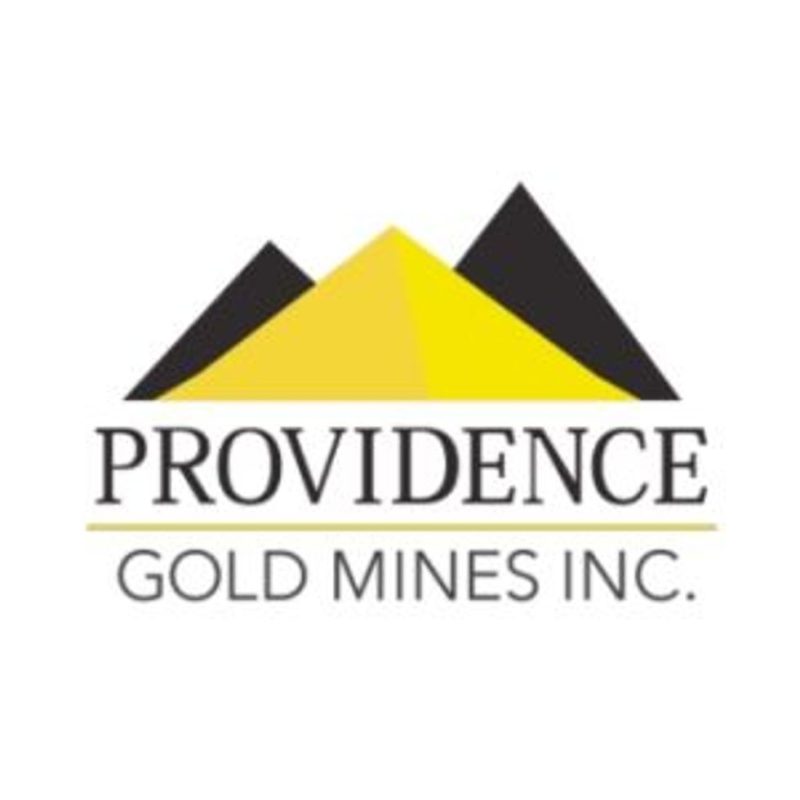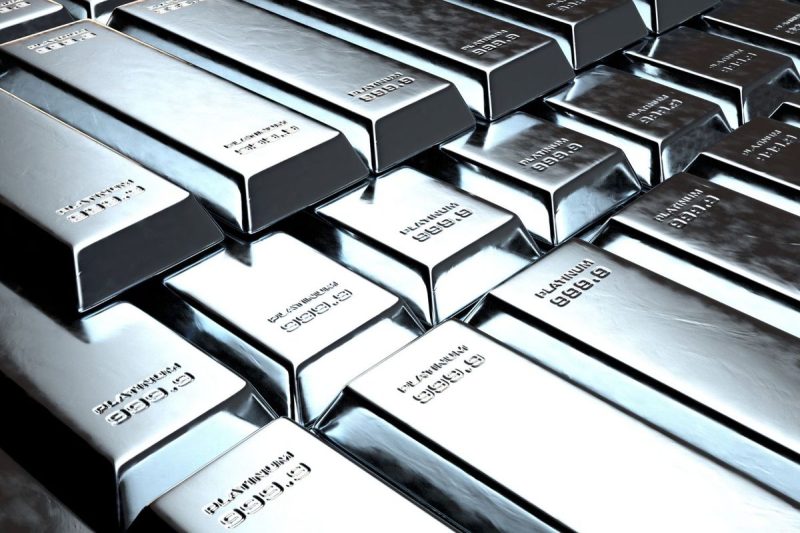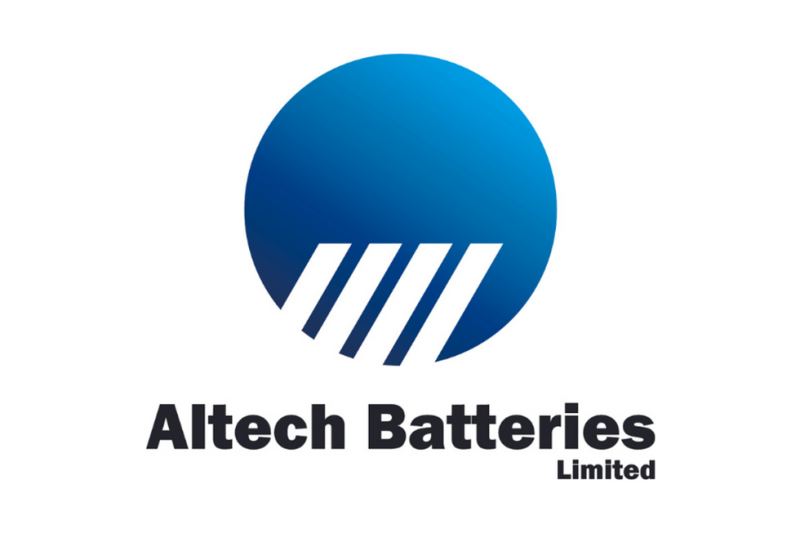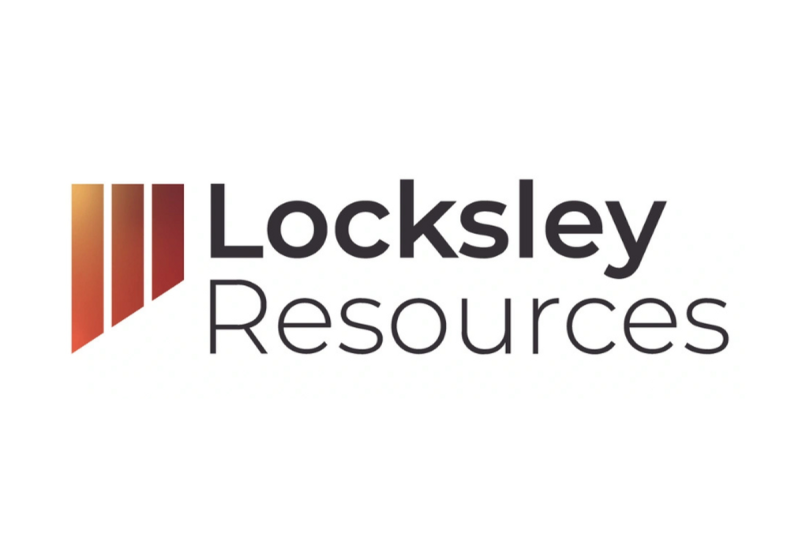Gold’s record-setting price run continued this week, with yet another new all-time high in the books. Silver also fared well, breaking US$42 per ounce.
According to Bloomberg, gold has now also surpassed its inflation-adjusted all-time high of US$850 per ounce, which it set more than 45 years ago on January 21, 1980. The news outlet notes that at the time the US was dealing with currency issues, inflation and recession concerns.
These are problems that sound all too familiar today. This week brought the release of the latest US consumer price index (CPI) data, which shows a 0.4 percent month-on-month increase for the all-items index — that’s ahead of estimates and the most since the start of 2025.
Meanwhile, core CPI, which excludes the food and energy categories, was up 0.3 percent from July. On an annual basis, core CPI was up 3.1 percent, while overall CPI rose 2.9 percent.
US producer price index (PPI) data also came out this week.
The index, which measures costs at a wholesale level, showed an unexpected 0.1 percent month-on-month decrease for August; the result was the same for core PPI.
Attention is now shifting to the US Federal Reserve’s next meeting, which is set to run from September 16 to 17. For weeks now the central bank has been widely expected to cut interest rates, and experts believe this week’s CPI and PPI numbers support that idea.
“Today’s CPI may appear to offset yesterday’s PPI, but it wasn’t hot enough to distract the Fed from the softening jobs picture. That translates into a rate cut next week — and, likely, more to come’ — Ellen Zentner, Morgan Stanley Wealth Management
CME Group’s (NASDAQ:CME) FedWatch tool now shows odds of 93.9 percent for a 25 basis point cut, while the likelihood of a 50 basis point reduction stands at 6.1 percent.
Bullet briefing — Mining majors in mega M&A, Newmont to exit TSX
Anglo, Teck to merge in US$53 billion deal
Anglo American (LSE:AAL,OTCQX:AAUKF) and Teck Resources (TSX:TECK.A,TSX:TECK.B,NYSE:TECK) announced that they plan to merge in a US$53 billion transaction.
The new entity, which the companies say will be one of the world’s largest copper producers, will have assets in Canada, the US, Latin America and Southern Africa.
Its primary listing will be in London, but its headquarters will be in Canada — a commitment that Teck CEO Jonathan Price told BNN Bloomberg will be ‘perpetual.’ In a bid to safeguard its critical minerals sector, Canada said last year that it will only greenlight foreign takeovers of large critical minerals miners in ‘exceptional circumstances.’
The companies expect annual pre-tax synergies of about US$800 million by the end of the fourth year following the completion of the arrangement.
Experts say the zero-premium, all-share tie up is the second largest mining deal ever, and the biggest in more than a decade. It comes not long after other high-profile M&A attempts involving both companies — Teck rejected a bid from (LSE:GLEN,OTC Pink:GLCNF) in 2023, and Anglo turned down an offer from BHP (ASX:BHP,NYSE:BHP,LSE:BHP) last year.
Newmont to delist from TSX
While the Anglo-Teck deal puts Canada front and center, major miner Newmont (TSX:NGT,NYSE:NEM,ASX:NEM) is backing away from the northern nation. The company said it has applied to voluntarily delist its shares from the TSX amid low volumes.
Newmont also said the move will help boost administrative efficiency and reduce expenses. The firm has faced increasing costs since acquiring Newcrest Mining in 2023, and sources familiar with the matter recently told Bloomberg that it’s looking to lower costs by around 20 percent.
Newmont will retain its primary listing in New York, as well as listings in Australia and Papua New Guinea. Its TSX delisting is expected to be effective on September 24.
Barrick to sell Hemlo for US$1.09 billion
Also making a move away from Canada this week was Barrick Mining (TSX:ABX,NYSE:B), which has agreed to sell its Hemlo gold mine to Carcetti Capital (TSXV:CART.H) for US$1.09 billion.
Located in Ontario, Hemlo has operated for 30 years, producing over 21 million ounces of gold during that time. The sale comes as Barrick divests non-core assets and pivots toward copper.
The company put Hemlo up for sale earlier this year, and in July was rumored to be selling the operation to Discovery Silver (TSX:DSV,OTCQX:DSVSF); that deal ultimately didn’t pan out.
Carcetti will be renamed Hemlo Mining once the transaction closes, and is expected to uplist from the TSX Venture Exchange’s NEX Board. Its backers include Robert Quartermain, who is known for leading SSR Mining (TSX:SSRM,NASDAQ:SSRM) and Pretium Resources.
Securities Disclosure: I, Charlotte McLeod, hold no direct investment interest in any company mentioned in this article.










